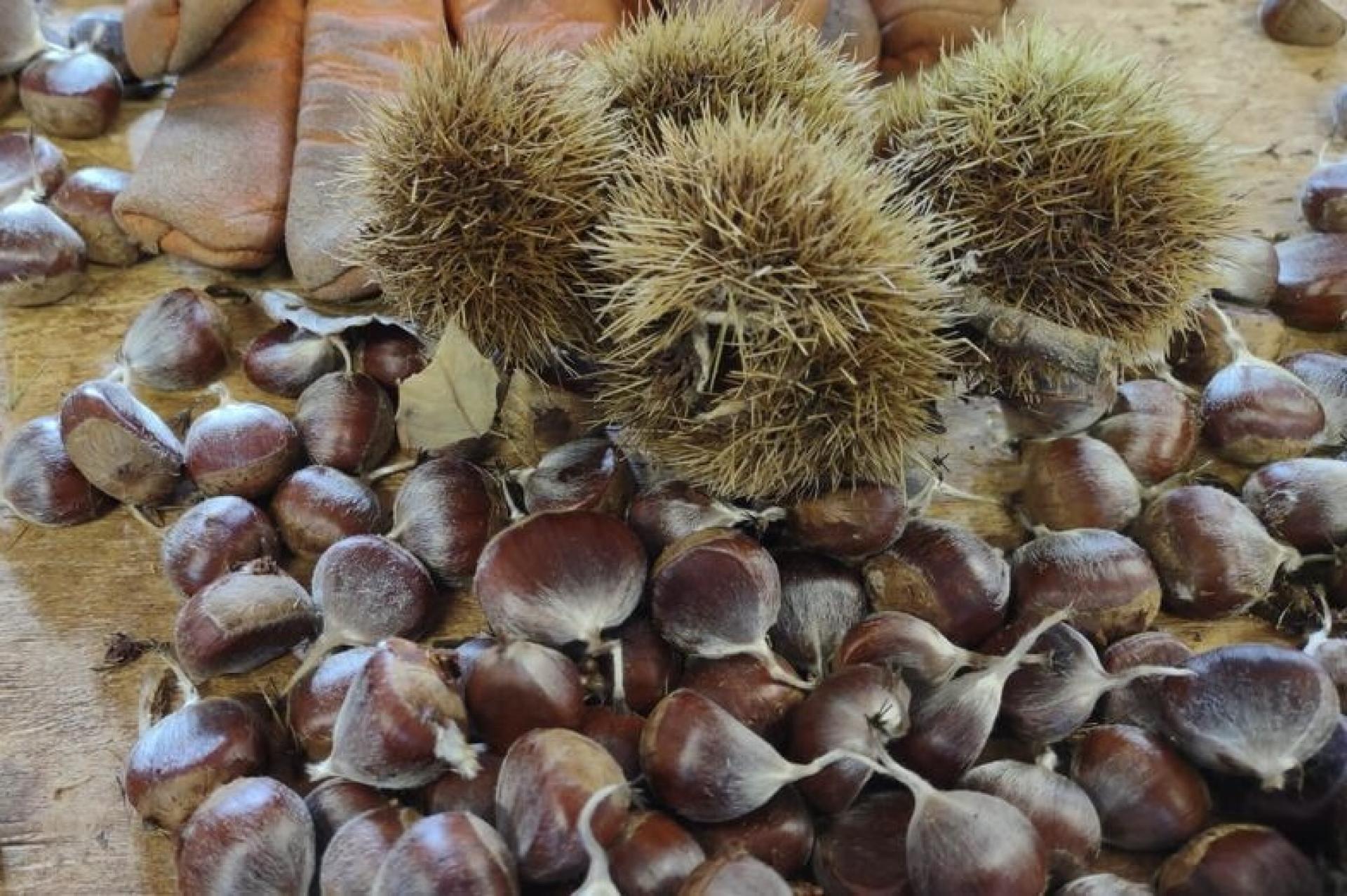You are here
Be a Better Gardener: Engineering an American Chestnut
Be a Better Gardener: Engineering an American Chestnut
By Thomas Christopher
The application of genetic engineering to food crops is controversial, and rightly so. Critics worry that changing genetics may have harmful, unanticipated effects on food safety and the environment. In fact, this has sometimes been the case. Almost as soon as it became possible, genetic engineering was coopted by chemical companies to create herbicide-resistant strains of crops such as corn or soybeans, so that weeds could be controlled by indiscriminate applications of toxins such as glyphosate. The resulting orgy of chemical usage has resulted in widespread contamination of soils and water supplies, as well as contaminated foods becoming a routine feature at local supermarkets.
So there are real reasons for caution. It’s important to remember, however, that genetic engineering has precisely the same goal as conventional plant breeding, which has been transforming the genetic material of plants for millennia. The difference is that conventional plant breeding, which depends on moving pollen from one plant to the flower of another in the hope that the offspring will include the desirable traits of both parents, is hugely inefficient. It’s like pulling the handle on a biological slot machine. Getting the exact genetic combination you want from a cross of two plants may require hundreds or even thousands of crosses. That’s possible when you are working with a fast-maturing annual crop. However, it makes breeding trees a very protracted process.
It has been almost a century, for instance, that plant breeders have been working on the American chestnut tree. This was once a foundation of the forest ecosystem in the eastern United States. The American chestnut was hugely common, an estimated 25 percent of all our hardwood trees. Its abundant crops of nuts were an important food source for wildlife and human inhabitants too. Growing to towering heights with trunks 10 feet or more in diameter, the American chestnut produced a light but strong and rot-resistant timber which was an important source of income throughout the tree’s range. The impact was severe when the accidental introduction of the chestnut blight, a fungus from Asia, in the early twentieth century resulted in the death of virtually every American chestnut tree, an estimated 3.5 billion in all.
By the 1920s plant breeders were already engaged in crossing surviving American chestnuts with Asian relatives that had a natural resistance to the blight. The goal was to produce a tree with the physical characteristics of the American species but the resistance of the lower growing Asian ones. However, after hundreds of thousands of crosses over thee course of a century, success has eluded these efforts. Apparently, the genetic coding that endows the Asian trees with blight resistance is linked with genetic material that gives them their low and spreading pattern of growth.
That’s why in 1989 the American Chestnut Foundation, an organization dedicated to returning this tree to the forest, approached scientists at the State University of New York College of Environmental Science and Forestry with a request that its scientists apply the techniques of genetic engineering to this species. In response, the genetic engineers were able to insert into the American chestnut genome a single gene taken from wheat which did endow the tree with blight resistance — the genetically engineered trees still contract the blight but it is no longer harmful to them.
This success began the long process of getting the genetically engineered tree approved by government agencies for transplanting into the wild. In the course of this process, researchers have studied everything from the potential impact of the GMO trees on pollinators and other insects that may feed on them, to the possible impact of the blight resistant tree roots on mycorrhizal fungi in the surrounding soil. No problems have emerged, and the trees have been approved for release, perhaps as soon as this summer.
Wild American chestnuts have continued to send up shoots from their stumps, occasionally bearing flowers before the blight cuts them down again. By interbreeding these with the genetically engineered specimens, it is planned to create a genetically diverse but blight resistant population that can, over time, return this keystone species to our woods.
The importance of this project is more than just the restoration of one species. In an era when introduced pests and diseases are attacking so many native trees, genetic engineering offers an efficient and effective response that, in my view, we cannot afford to reject. In the process, we can redeem a technology that has so often been used for environmental harm.
Be-a-Better-Gardener is a community service of Berkshire Botanical Garden, located in Stockbridge, Mass. Its mission, to provide knowledge of gardening and the environment through a diverse range of classes and programs, informs and inspires thousands of students and visitors each year. Thomas Christopher is a volunteer at Berkshire Botanical Garden and is the author or co-author of more than a dozen books, including Nature into Art and The Gardens of Wave Hill (Timber Press, 2019). He is the 2021 Garden Club of America's National Medalist for Literature, a distinction reserved to recognize those who have left a profound and lasting impact on issues that are most important to the GCA. Christopher’s companion broadcast to this column, Growing Greener, streams on WESUFM.org, Pacifica Radio and NPR and is available at berkshirebotanical.org/growinggreener.
Help Our Garden Grow!
Your donation helps us to educate and inspire visitors of all ages on the art and science of gardening and the preservation of our environment.
All donations are 100 percent tax deductible.


